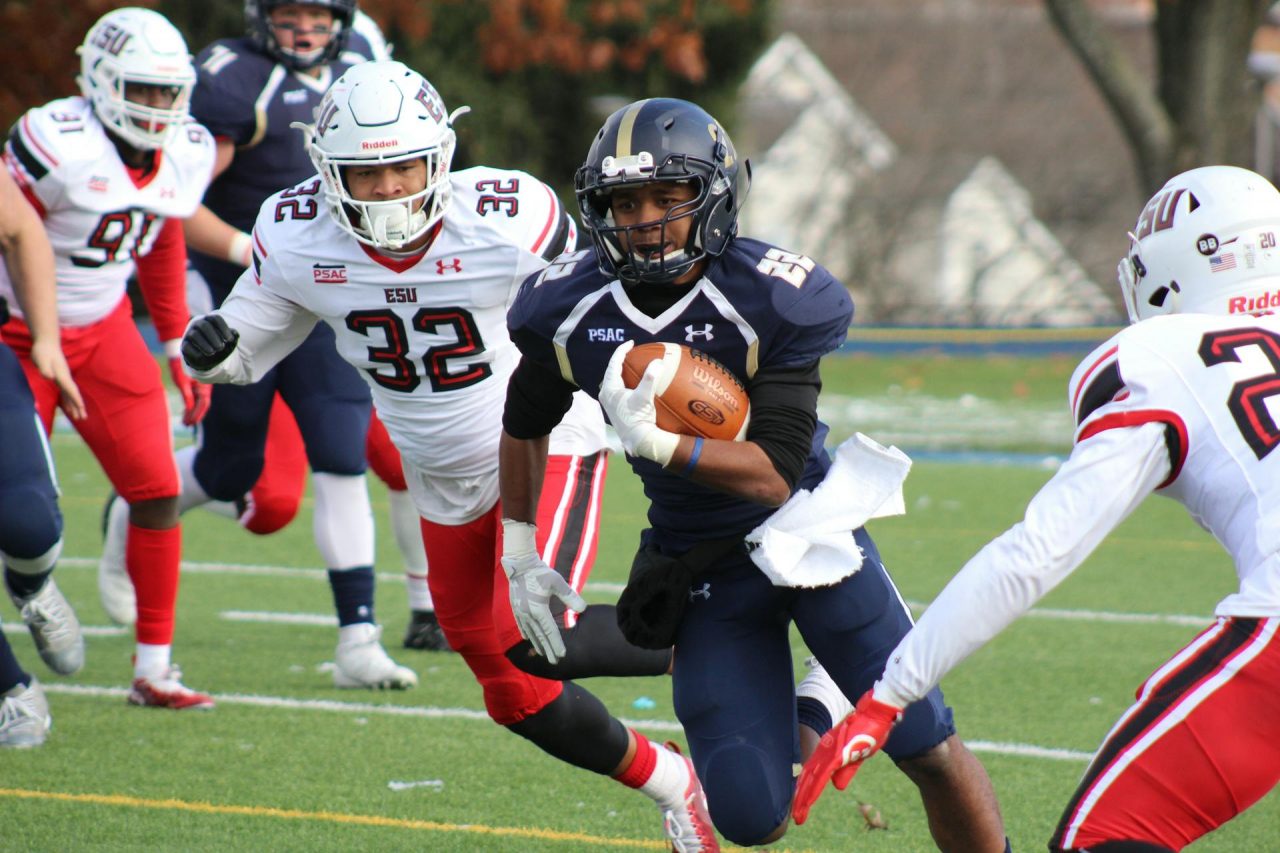As we’ve covered in other posts, some of the techniques of a track and field athlete are appropriate to the training of non-track and field athletes, the challenge is that a non-track and field athlete have needs beyond just running in a straight line or around a track. One of those needs is the ability to stop. Being able to stop when it is needed is an important skill because it allows the athlete to be where they are needed, it allows for a fast transition before moving in a different direction, and it allows for a fast transition to a different skill.
The idea behind being able to stop is to reduce the size of the athlete’s deceleration zone. Many athletes are able to run fast, but to stop or change directions the athlete has to be able to reduce their speed quickly and safely. The shorter that deceleration zone, the faster the athlete will be able to do something else.
For example, in baseball an athlete doesn’t have much time to run from one base to another. This means they have to take an aggressive lead, get a good first step, and commit to running as soon as the ball is hit. Having said that, if there is a pop fly or if the ball takes a lucky bounce then the base runner has to be able to stop suddenly and potentially run backwards. If they require a really long deceleration zone to stop and then change directions then they will be out. In addition, baseball players can’t overrun the bases in order to slow down – if they do they may be out. So the ability to stop is really important.
Now, the trick is in how to train for this. Old versions of strength and conditioning textbooks recommended something like this: Have the athlete sprint x distance, tell them to take 5 steps to stop. Then progress to 3 steps. Then progress to 1. Awesome, we’ve worked on stopping on a dime.
While this sounds great, it’s not a realistic training program to teach athletes to stop on a dime. Tell an athlete to stop in x number of steps and they will simply slow down to achieve this, so the training won’t have the desired effect or crossover to athletic situations.
There are a number of drills that can be used to teach this skill. For this article, they include:
- The M drill
- The 5-10-5 drill
- The L drill
- Reactive drills
M drill:
Set the cones up in the shape of a capital “M.” Start at the bottom left cone. Run straight up to the top cone, backpedal to the third cone, run to the other top cone, backpedal through the last cone. To make this drill more challenging for deceleration, make the cones further apart so that the athlete is running faster when they reach the point where they need to slow down and change directions.
5-10-5 drill:
Three cones should be set up in a line, each cone should be five yards from the previous one. The athlete begins at the middle cone. They run to the right, touch the cone, then run all the way to the last cone at the left. They touch that cone and then run through the middle cone (which is the start and finish line).
The L drill:
This drill is done with three cones set up in the shape of an “L.” Each cone is five yards apart from the others. The athlete begins at the top of the L and runs from the first cone to the second. Then the athlete turns and runs back to the first cone. The athlete turns, runs to the second cone (the base of the L), then turns and runs around the third cone, running back around the second cone and running through the first cone (which is the start and the finish).
Reactive drills:
These are some of my favorite agility drills for athletes. They involve the athlete reacting to a coach, opponent, or the ball. A simple one is having the athlete set up 10-20 yards away from the coach. Have them run towards the coach. The coach will tell them which direction to run as they approach, or toss the ball in a direction, or there could be an opponent that the athlete must react to.
With all these drills, the distances are not set in stone unless an athlete is preparing for the NFL Combine. To require the athlete to work on fast decision-making, the cones can be placed closer together. To work on decelerating from high speed, the cones can be placed much further apart. The ball (for example, run the “M” drill while dribbling a basketball), opponents, and reaction can be introduced to keep these drills challenging.
This is an important skill to train for most athletes. It is something that should be incorporated each week. Being able to take a first step explosively, accelerate, and achieve a great maximum velocity are all great but remember that most athletes still have to be able to slow down, stop, and either move in a different direction or shift to a different skill.
Revised July 23, 2024


